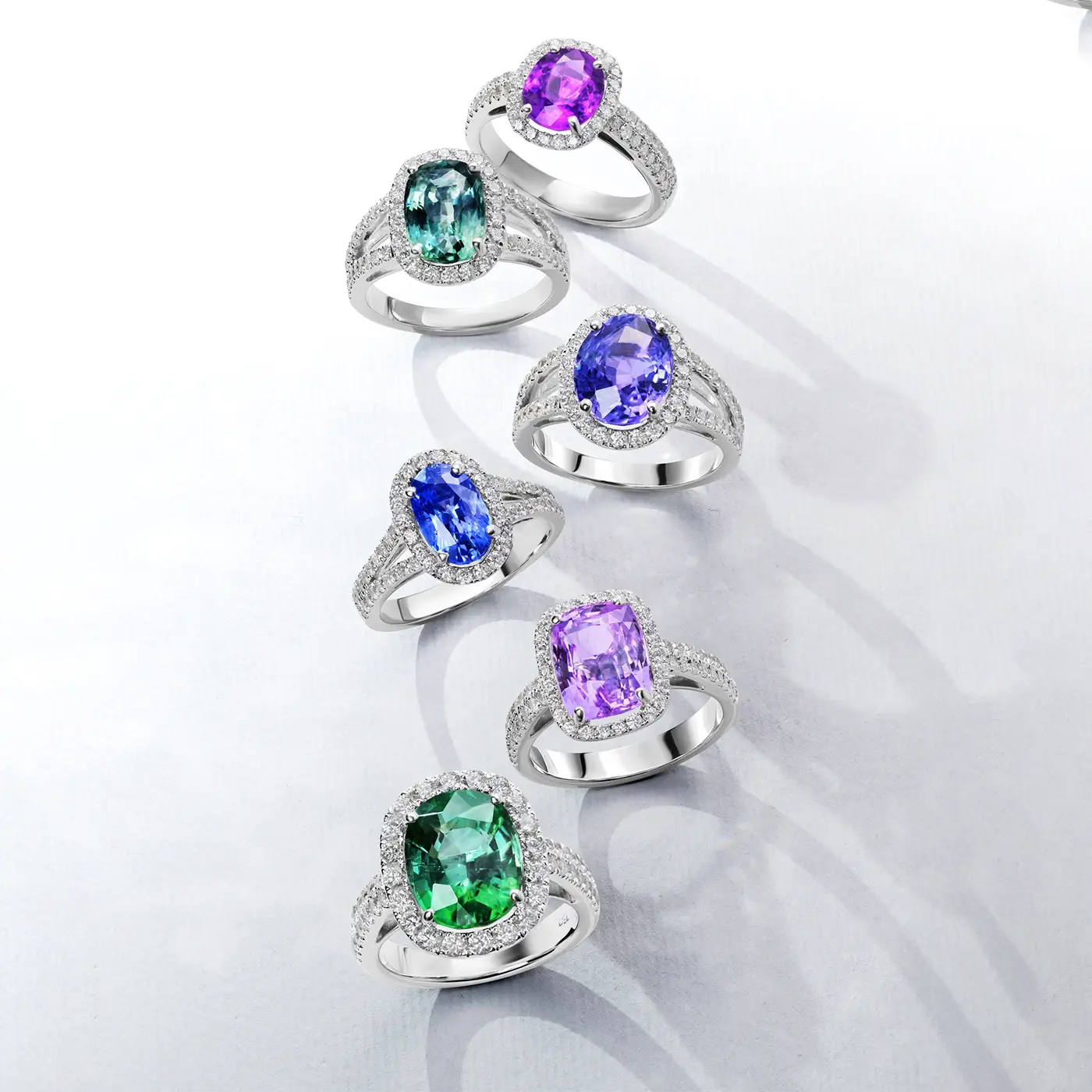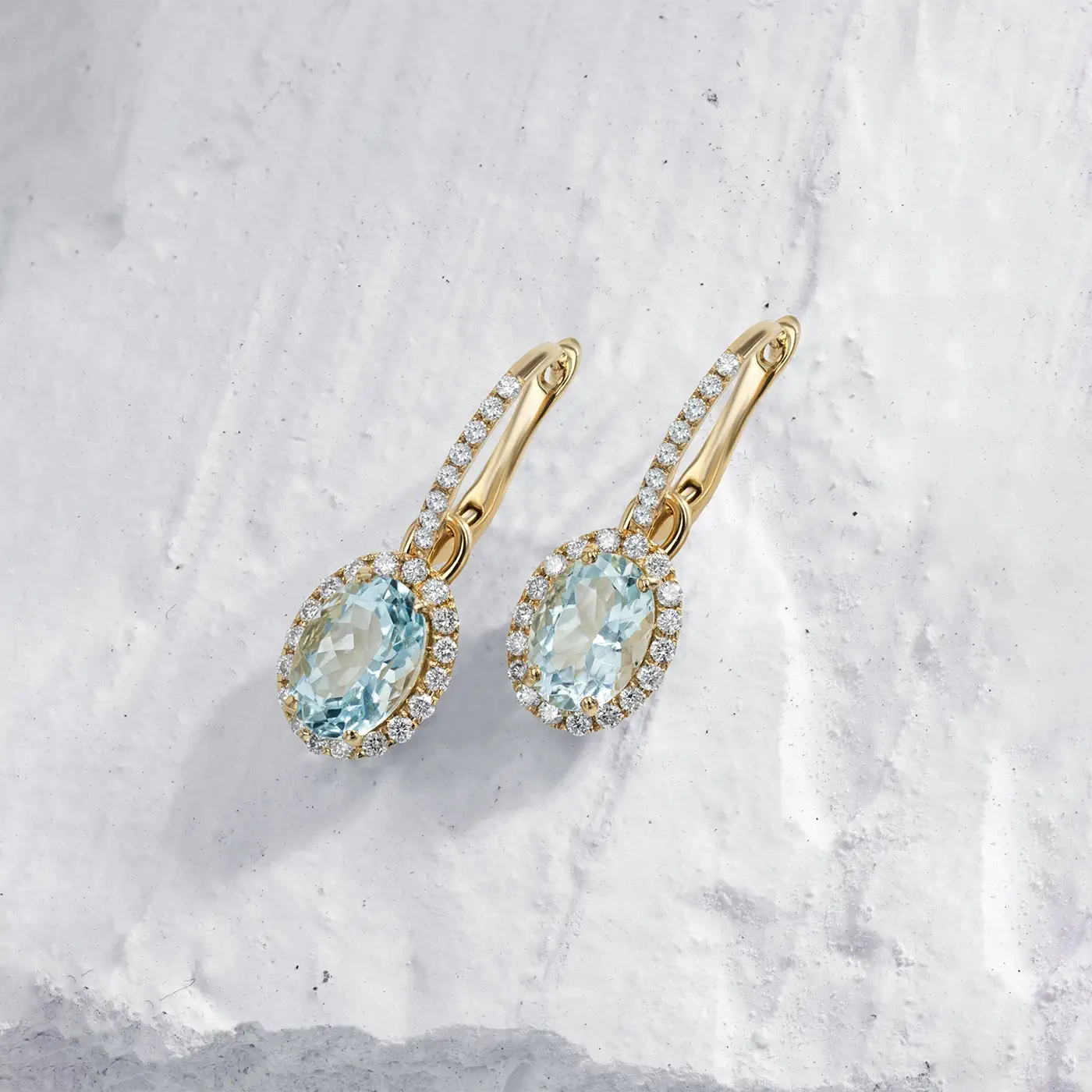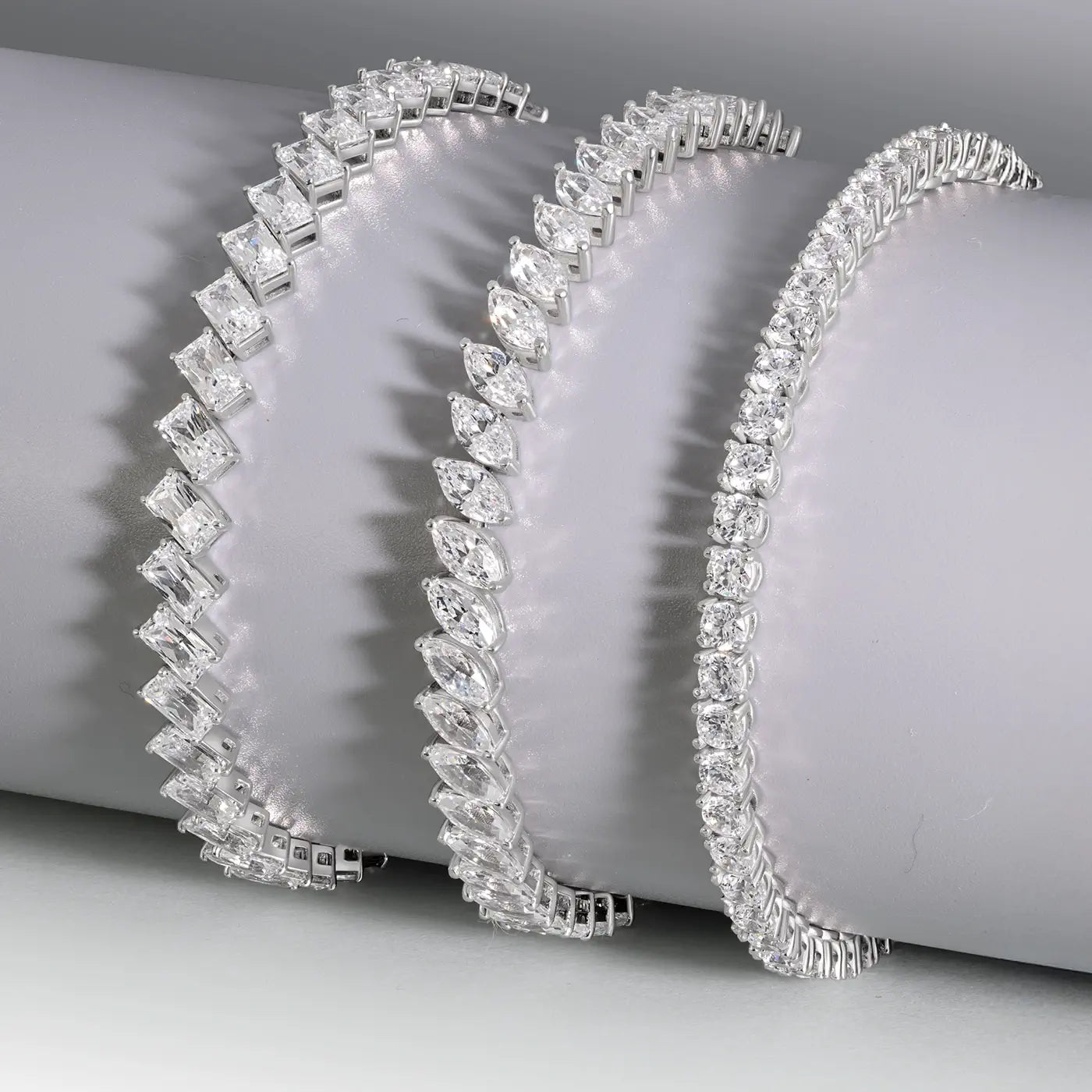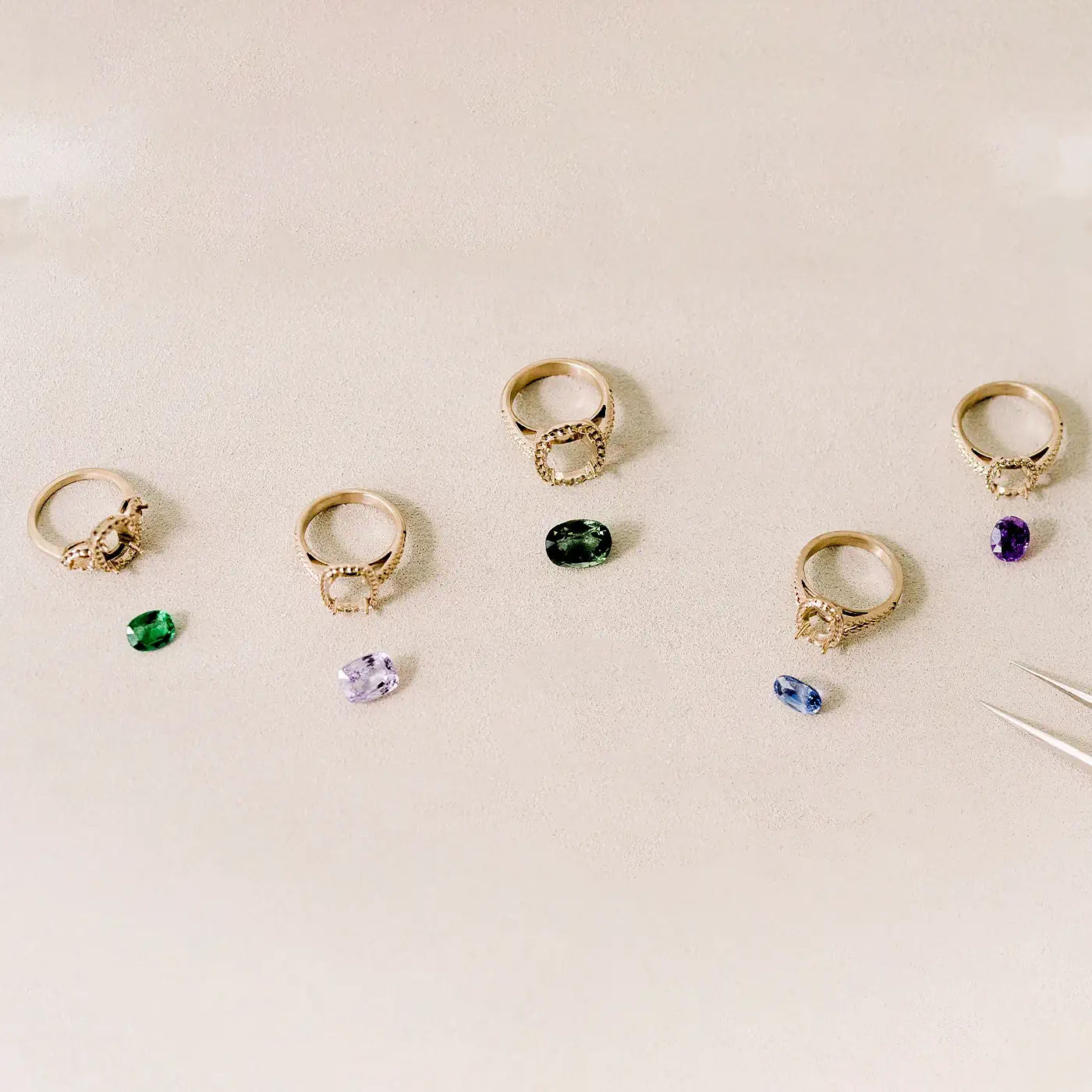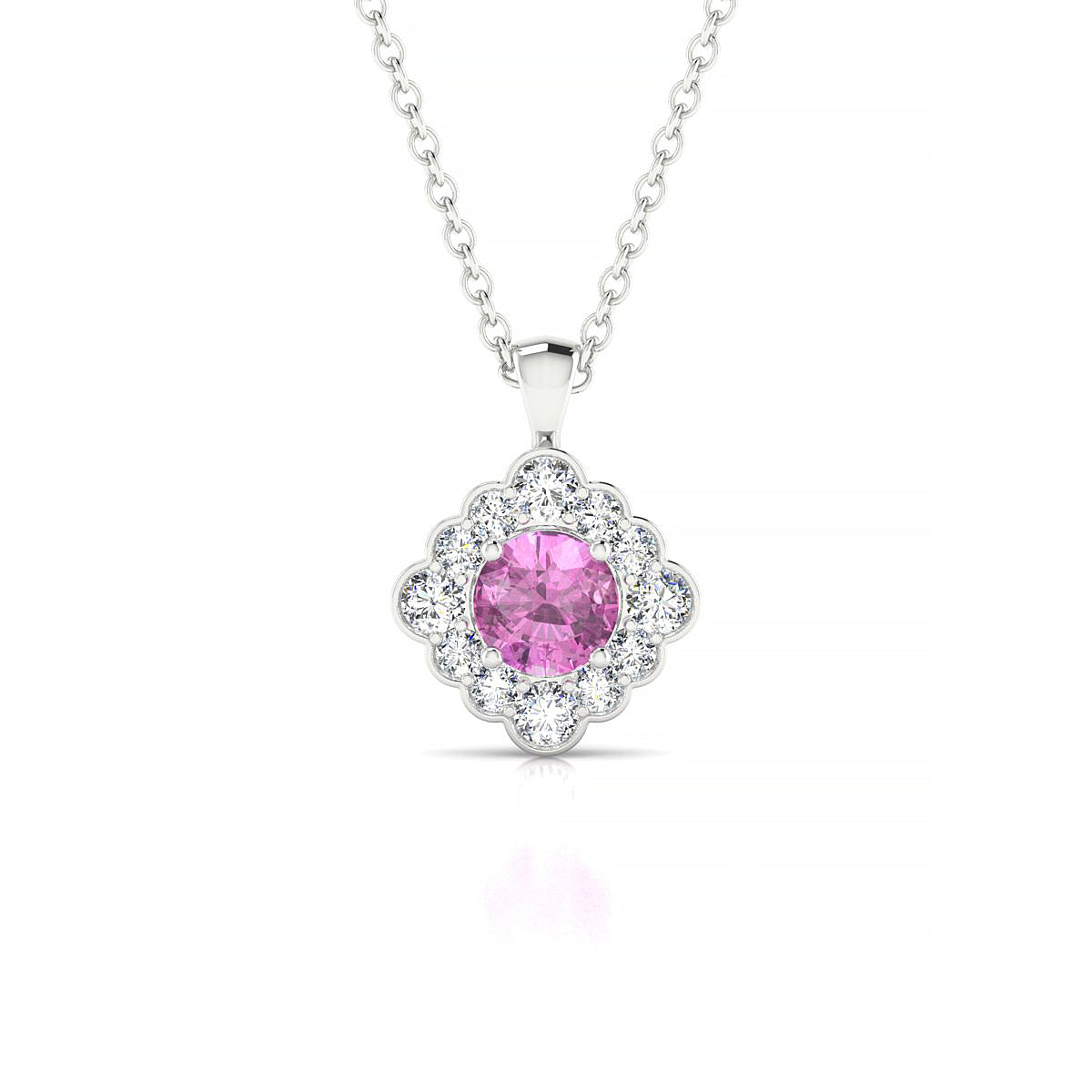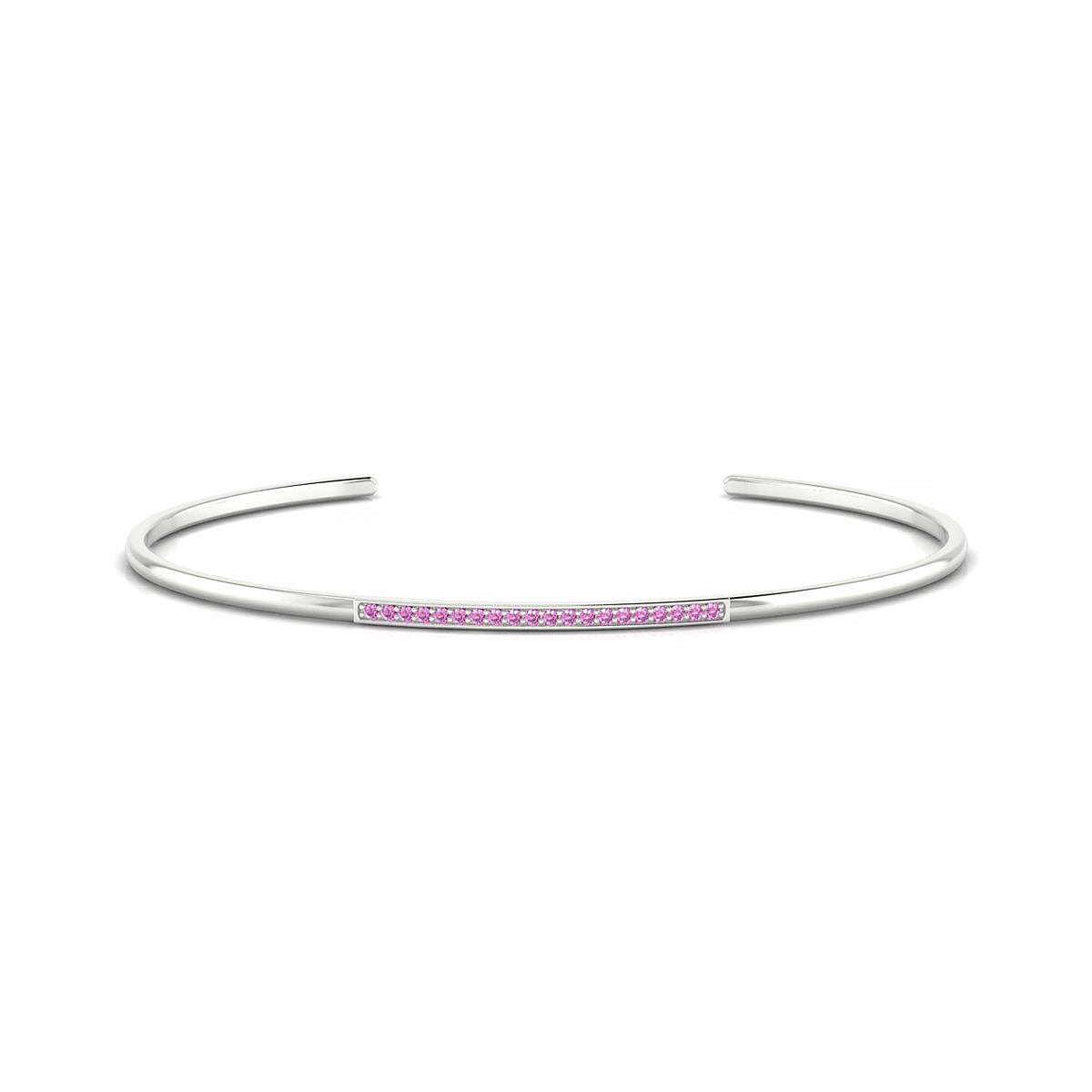Encyclopedia
Pink Sapphire Full Guide

Pink sapphire is a rare and sought-after variety of corundum, the same mineral family as blue sapphire and ruby. Ranging from soft blush tones to vivid fuchsia, this gemstone offers a romantic and modern alternative to traditional colored stones. Known for its durability and brilliance, pink sapphire symbolizes love, emotional balance, and feminine energy. It is often associated with September’s birthstone and makes a distinctive choice for meaningful jewelry.
Characteristics of the Pink Sapphire
Etymology: From the Ancient Greek sappheiros, meaning "blue stone". However, sapphires can be found in every color except red.
Family: Corundum
Chemical composition: Aluminum Oxide – Chromium
Hardness: 9 on the Mohs scale
Density: 3.9 – 4.05
Optical property: Uniaxial birefringent
Refractive index: 1.762 – 1.770
Birefringence: 0.008 – 0.010
Crystal system: Trigonal / Hexagonal

The origin of Pink Sapphires
Pink sapphires are found mainly in Sri Lanka, also known as Gem Island (Ratna Dweepa in Sanskrit). But beautiful pink sapphires can also be found in Myanmar, East Africa (Tanzania and Kenya) and Madagascar, where mines were discovered in the south-west of the island in the early 1990s.
Some of the most notable sources also include:
- Kashmir
- Thailand
- Montana
- Australia
- Myanmar
Carat
The carat is the standard unit for measuring the weight of gemstones. 1 carat is equal to 0,2 gram.
But be careful not to confuse carats with karats, which is a unit used to determine the purity of gold.
As sapphires are denser than other precious stones, a 1-carat round pink sapphire will be smaller than a 1-carat round diamond and even smaller than a 1-carat round emerald.
The color of the Pink Sapphire
Pink sapphires come in a variety of unique colors which are created by varying quantities of chromium inside each individual stone. These different hues of color range from pale pink – known as 'baby pink' – and ‘bubble-gum’ pink to a dark, slightly purplish-red pink, with saturation levels varying from light to intense. The most sought-after colors are pure pink and highly saturated, but color preferences are, of course, highly subjective.
Discover our Guide on the Colors of Gemstones.
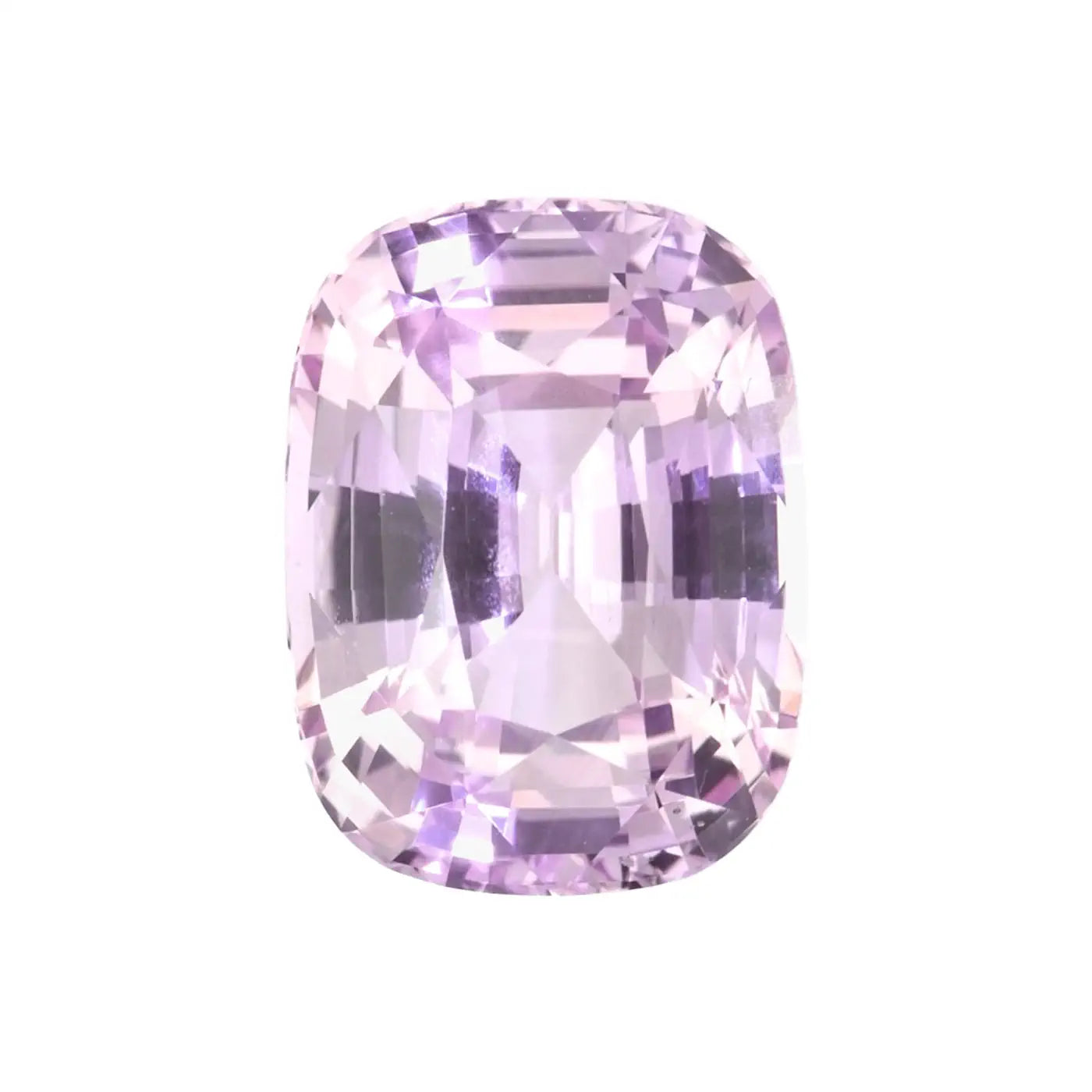
Pale pink sapphire
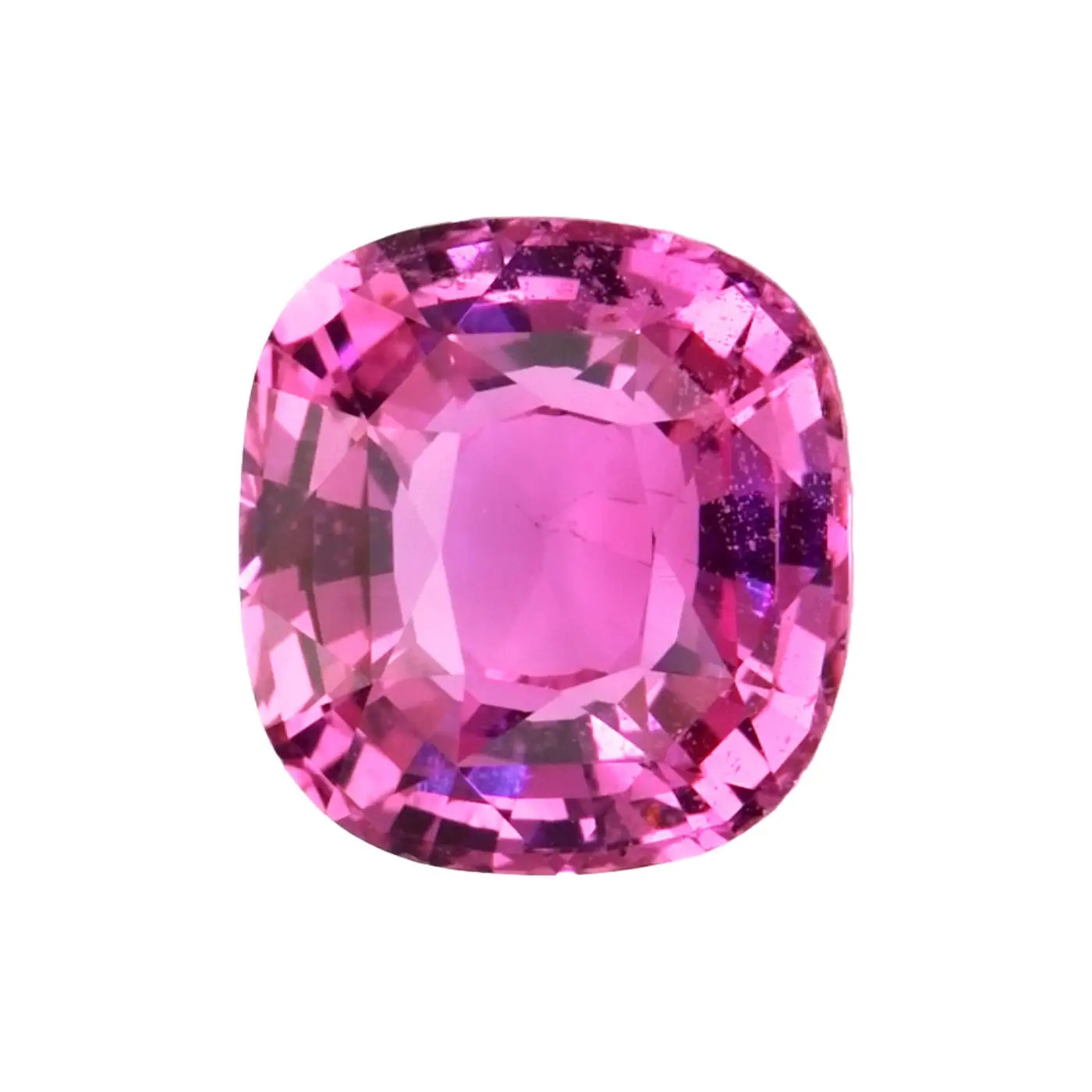
Vivid pink sapphire
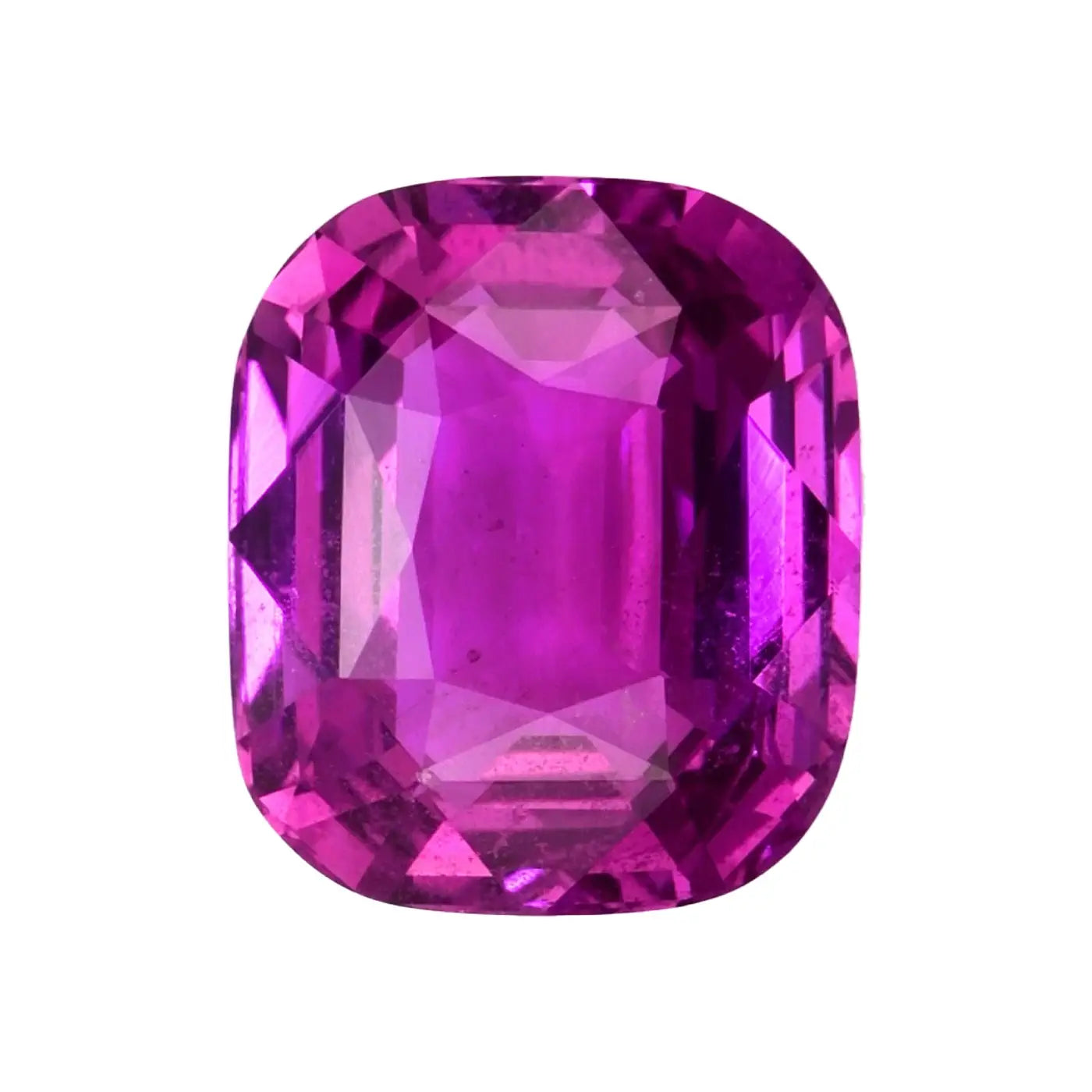
Purplish pink sapphire
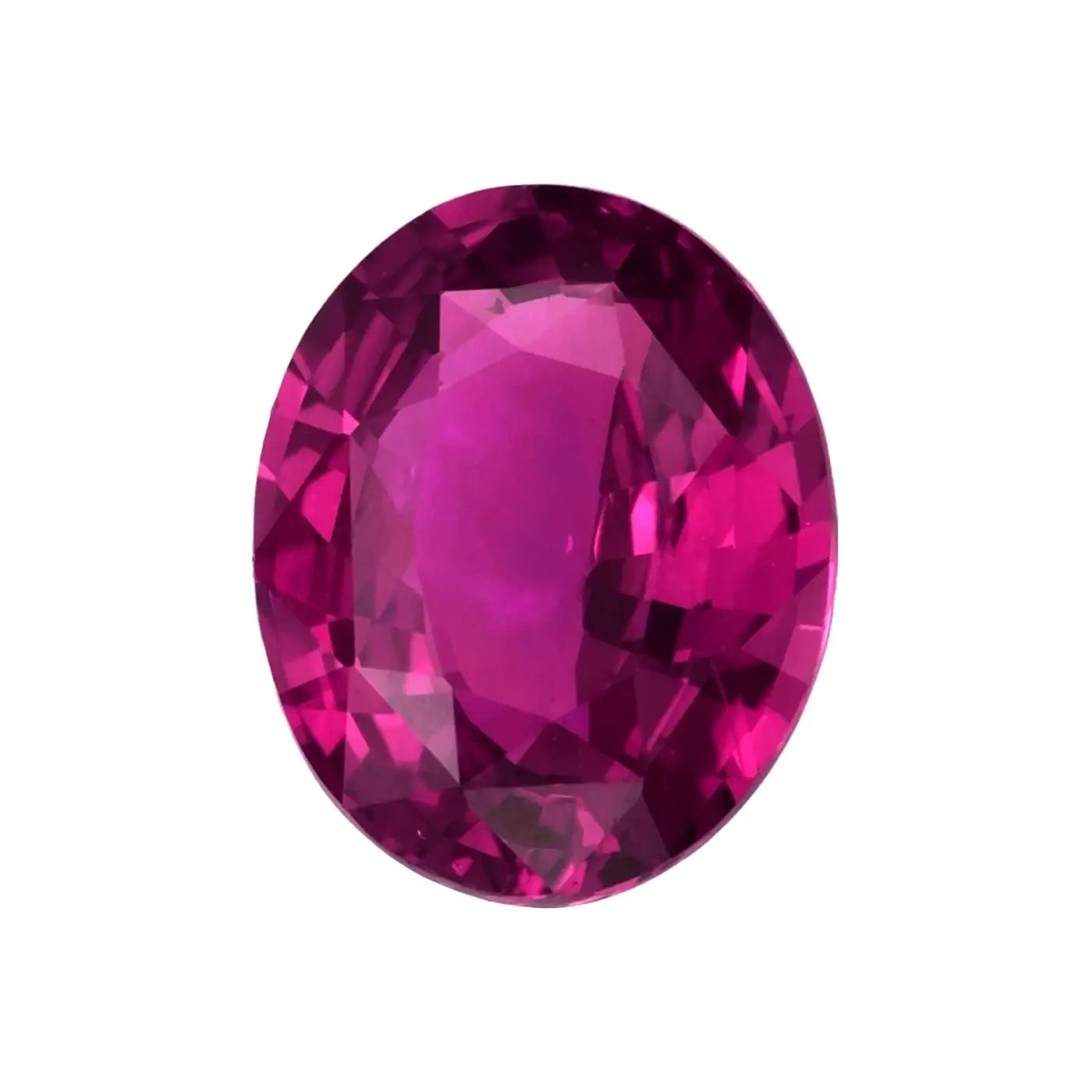
Dark pink sapphire

The clarity of Pink Sapphires
Pink sapphires have slight impurities, also known as inclusions. They may be internal or superficial inclusions, such as black spots or microscopic feathers. These impurities can also help identify the origin of a gemstone.
Interestingly, the clarity of pink sapphire is assessed by the naked eye, rather than through a 10X magnifying glass like diamonds are.
Cut & Shapes
The pink sapphire is a solid stone that can be cut into different shapes (cushion, pear, oval, heart, rectangle, round, etc.).
The pink sapphire is a dichroic stone, which means that its color changes depending on the angle from which it is looked at. This is why it is generally advised to keep within certain proportions (table plane perpendicular to main C-axis) during cutting in order to bring out the best hue possible. Lapidaries also tend to stay close to the pink sapphire's original shape so as not to lose too much of the raw material.
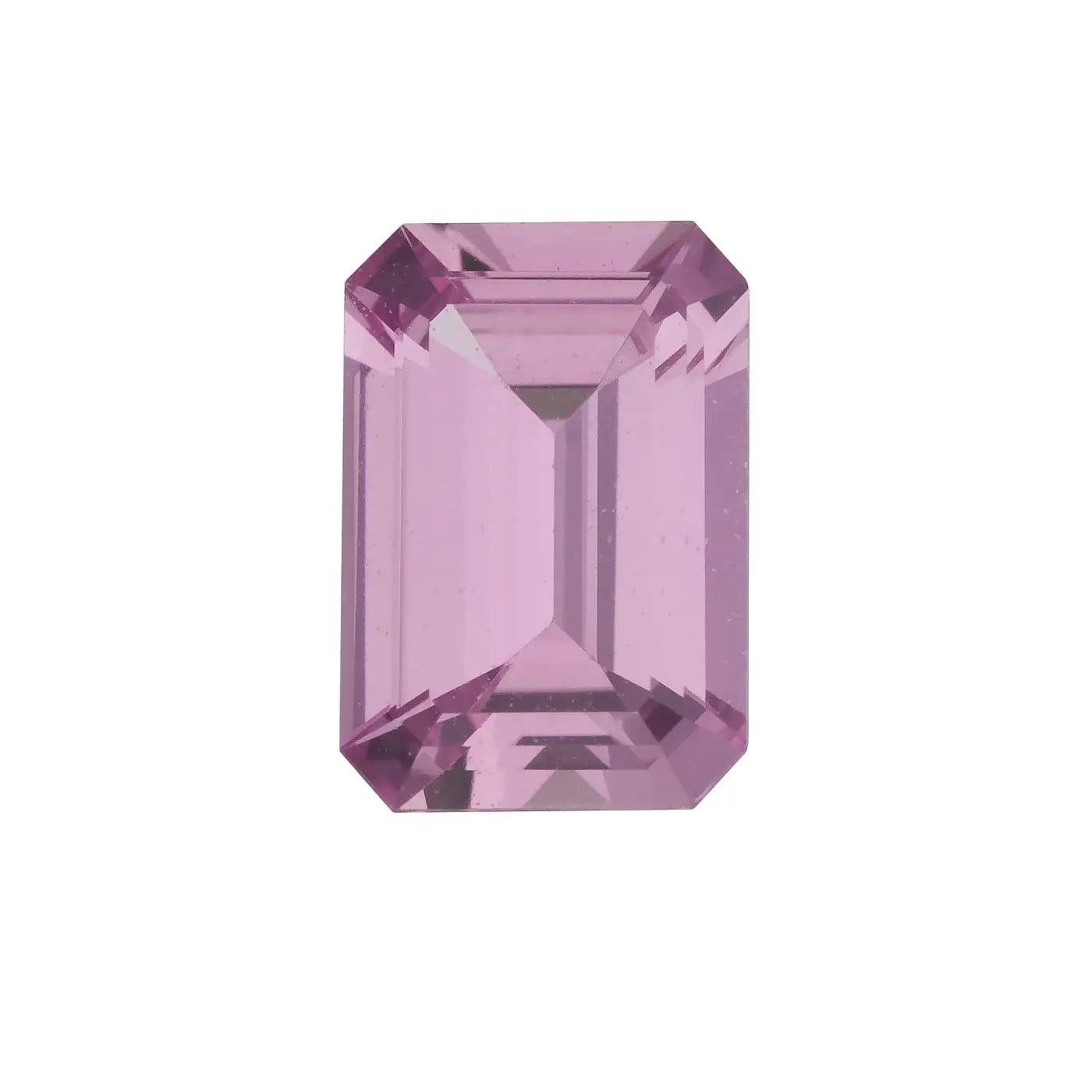
Pink Sapphire Emerald Cut

Pink Sapphire Pear Shape

Pink Sapphire Baguette Shape
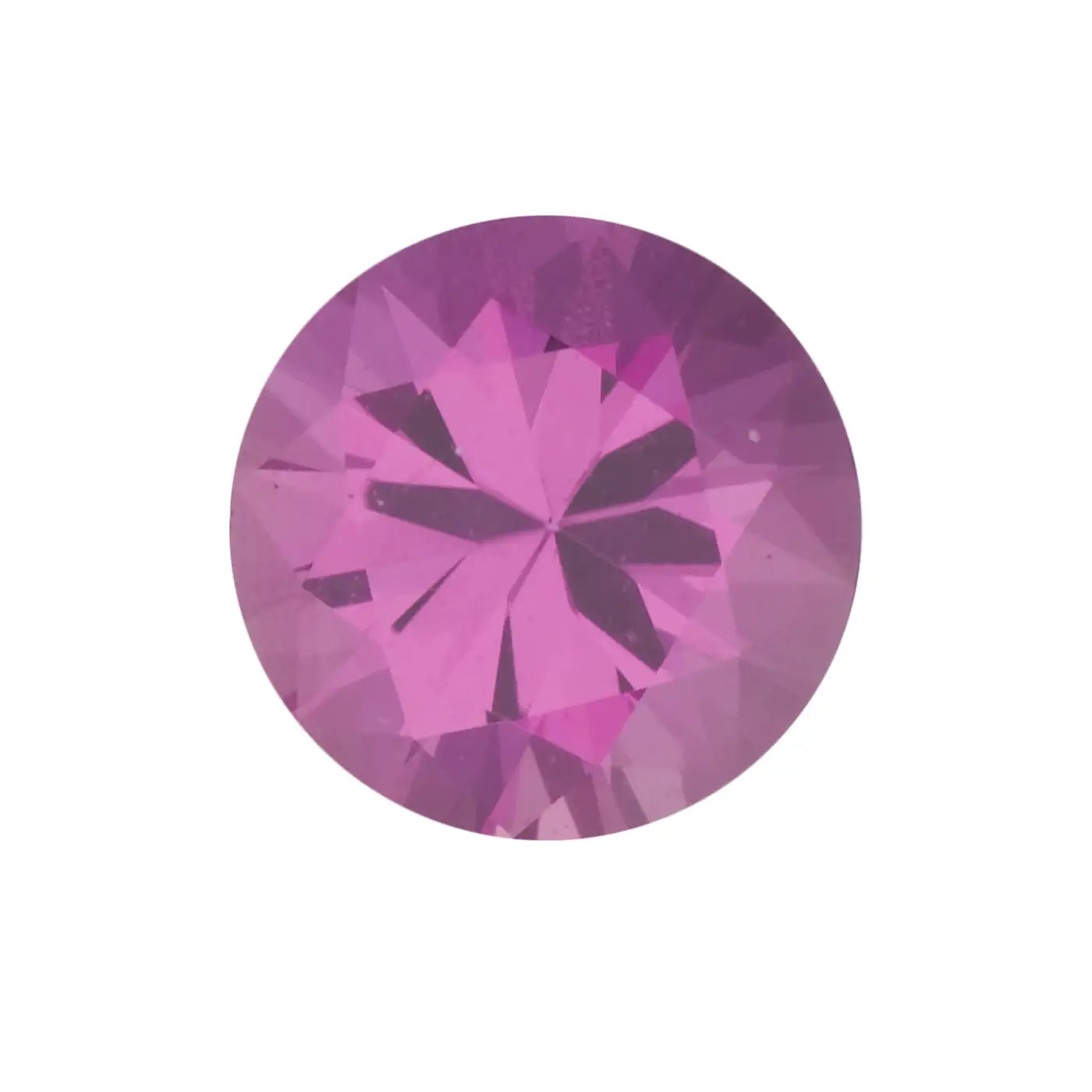
Pink Sapphire Round Shape

Pink Sapphire Marquise Shape

Pink Sapphire Oval Shape
Birthstone & Wedding Anniversary
The pink sapphire is the birthstone of people born in the month of September.
It is also used to celebrate 16 years of marriage in France and 45 years of marriage in the US (sapphire wedding anniversary).
Discover our Birthstone Full Guide.
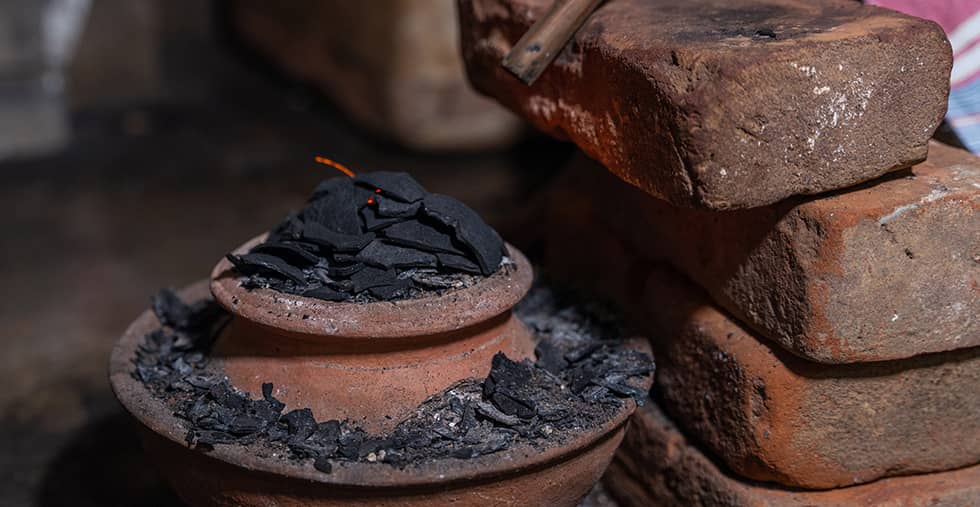
Treatment
Experts employ a variety of methods to remove impurities from pink sapphires and ensure maximum radiance. These are known as either enhancements or treatments.
The most common method is an enhancement that consists of heating the stone in an oven so that its inclusions crystallize and become less visible. As such, most pink sapphires from Madagascar undergoes this 'moderate' heat treatment, where the stone is exposed to a temperature of 400° for a few minutes only. This enhancement also tones down purple shades in the pink sapphire, giving it a beautiful pink hue.

